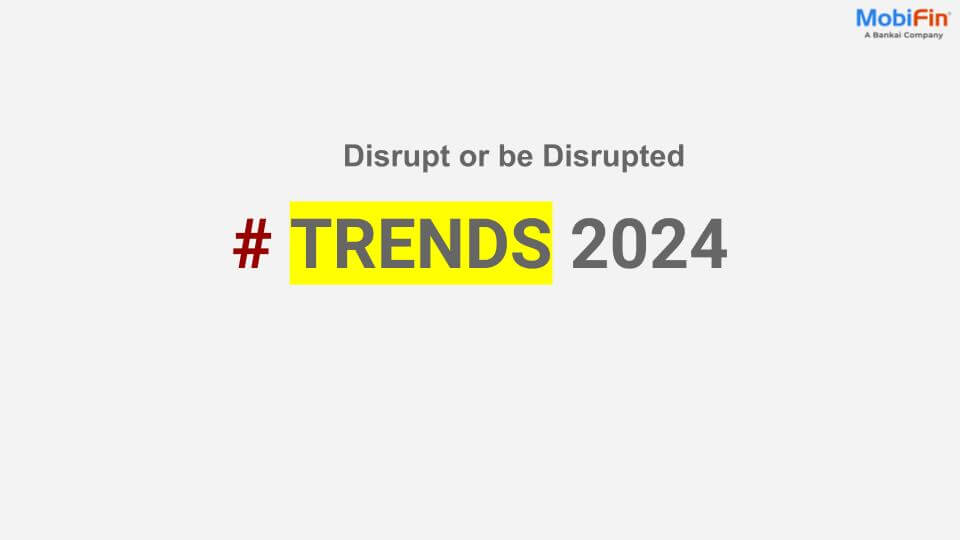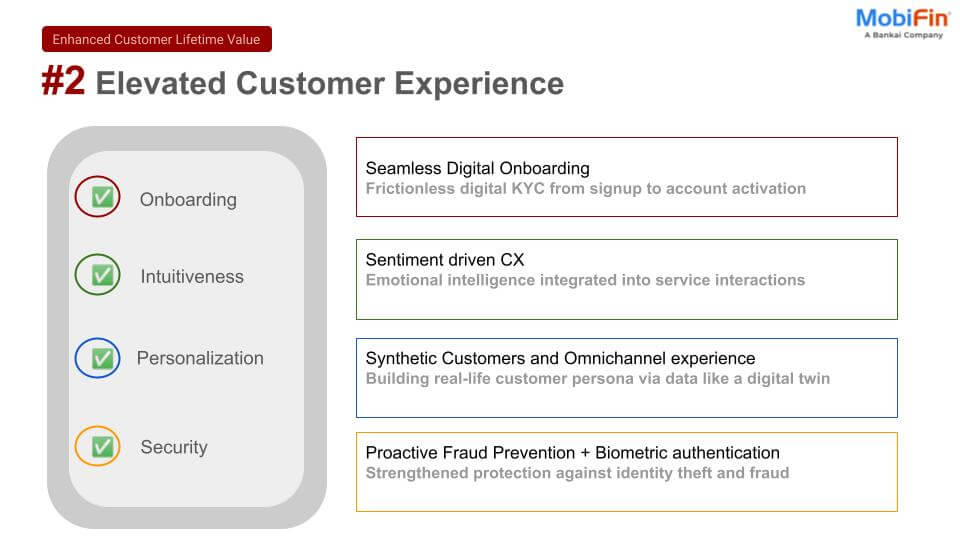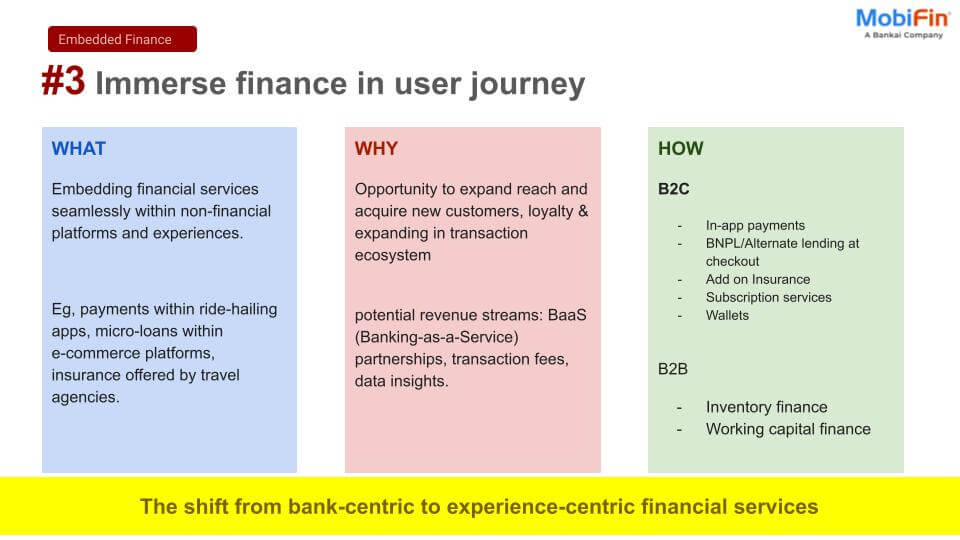One of the many advantages of Neo Banks is that it assists customers’ accounts through a web browser or a mobile app. Moreover, the customer doesn’t need to fill out any physical (paper) documents or visit the branch. The need for Neo Banks has skyrocketed since the onset of the global Coronavirus pandemic since fewer people wish to visit banks for their banking operations.
So, to set up and grow Neo Banks, financial institutions must ponder on certain essential factors related to the functioning and regulatory compliances. Here, we will see the basics of Neo Banks, their function, and the complete regulatory compliances for a smoother, longer run in the market.
What is Neo Bank?
In simple words, Neo Banks are FinTech business organizations that render top-grade banking services using mobile apps. Neo Banks are also known as ‘online-only’ banks, which don’t require any physical setup to function.
The working model of Neo Banks is based on the ‘Banking as a Service. It offers a plethora of customer-centric services, as mentioned below:
Customer On-boarding
- Online Customer On-boarding
- Automated KYC Document verification
- Real-time Account Opening
Financial Accounting
- Fund Transfer Services
- Multi-currency support
- International and local payment
- ACH Payment (Bulk Processing)
- Schedule base payment
- Utility Bill Payment
- FD/RD/DDS Account
- Goal base saving
- Investment
Card Services
- Physical and virtual cards
- Real-time authorization
- Access funds at ATMs
- Card-less ATM Withdrawal
- Card Services On-Off & Block
- Manage Card Limit
Other Services
- Cheque Services
- Positive Pay System (Cheque Intimation)
- eMandate for recurring payments.
- Digitally Signed Loan/FD/Int./TDS etc. Certificates.
- Account Statement
- Online Customer Complaint/Support
What are the Functions of a Neo Bank?
There are more aspects to Neo Banking than just being a pretty interface that streamlines digital banking services. The concept has a myriad of tech-driven initiatives that enhance customer experience overall. Let’s see its most important features:
Scalable Tech Platforms and Flexible Services
Neo Banks effectively call themselves primarily a tech company that renders banking services. It is relevant when we look closely at the front and back-end systems. The entire structure is 100% digital and has no bulkier tech platforms. Most of the functions of Neo Banks are done through a mobile app. Therefore, everything is done only by a tap of fingers, whether opening a bank account or managing financial transactions.
Different Approach to the Market
Through Neo Banks, even established banking organizations can effectively approach their customers. It can provide better engagement activities by driving campaigns through social media platforms, influencer marketing, and more. Customer referrals are also a massive asset for Neo Banks as this concept is often marketed like the industry giants Uber and Netflix.
Implementing the Banking as a Service Model
The Neo Banking process’s main aim is to simplify customer financial management through innovative tech-driven solutions. In addition, to cross-sell value-added products to the customers, Neo Banks also has third-party tie-ups. These tie-ups also enable the banks to focus on enhancing the user experience and providing more customized services.
Different Categories of Neo Banks
According to the nature of work, the Neo Banks can be differentiated into three major categories, they are:
Non-Licensed FinTech
The non-licensed Fin-Tech that have partnered with a traditional bank. In this type, the Neo Bank utilizes a wrapper around its partner bank’s various digital banking services and products.
Digital Banking Licenses
Neo Bank has digital banking licenses for various digital banking services. However, the Digital Banking Licenses issuing Neo Bank exist only in those countries that permit stand-alone digital entities.
Traditional Banking Digital Initiative
Traditional banks launching digital initiatives to attract more customers is another category of Neo Banks. This allows the banks to keep up with the changing trends and provide more personalized services to the end-users.
Key Features that Keep Neo Banks in a Different League
Along with being highly customer-centric, Neo Banks has many features that keep it in a different league altogether. It has no physical presence like traditional banks, so the fees are considerably lower. However, their primary source of income is through net interest collection, just like the physical bank entities. Some of the other critical features of Neo Banks are:
- Easy money flow across borders
- Quick account creation
- User-friendly Interface
- Real-time banking solution
- High yield savings
- Personalized card issuance (Physical/Virtual)
- Zero joining fee
- Zero Annual Fee
- Zero Hidden Charges
- Zero documentation
- No-cost EMI
- Personalized banking services
- Educational loans/investments
- Seamless budgeting
- Tangible rewards
Generic Regulatory Compliance to keep in Mind for Neo Banks
Some critical regulatory compliance processes are essential to keep in mind and implement if you want to grow the Neo Banking concept. Let us have a look at all of them, one by one:
Know Your Customer (KYC) Regulations for Remote Account Opening
In banking, it’s a regulatory requirement by law to verify the identities of the bank’s clients. It’s a data-driven process, and financial institutions must ensure their customers are who they say they are.
Online Security and Risk-Based Authentication Regulations
It is necessary for Neo-banks to include and maintain state-of-the-art digital security and online fraud systems. These systems would have everything right from compliance, reporting, strengthening the security of front-end systems, and more.
Data Privacy and Data Protection Compliance
The Neo-banks must follow the global laws and regulation to protect their customers’ data from breaches and attacks and give them a sense of surity in its work process
ALM (anti-money-laundering) and counter-terrorist financing regulations
For Anti Money Laundering or AML regulations, it is necessary for the financial institutions to develop sophisticated customer due diligence plans to assess money laundering risks and detect suspicious transactions.
Final Thoughts
Neo Banks are going to be the future of banking as they will render more flexible and customized services to the customers. So, it is important that the banks must comply with the regulator’s requirements and must be aware of the regulated and non-regulated local open banking initiatives.
So, Neo Banks must always follow compliance regulations to expand geographically. Systematic following of rules will also help in minimizing fraud and impact the customers in a positive way on a day-to-day basis.













